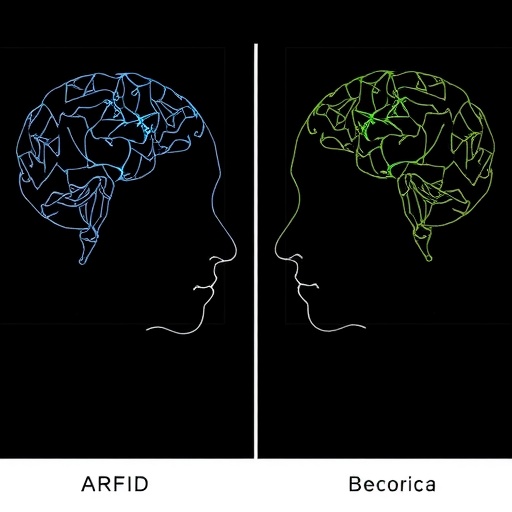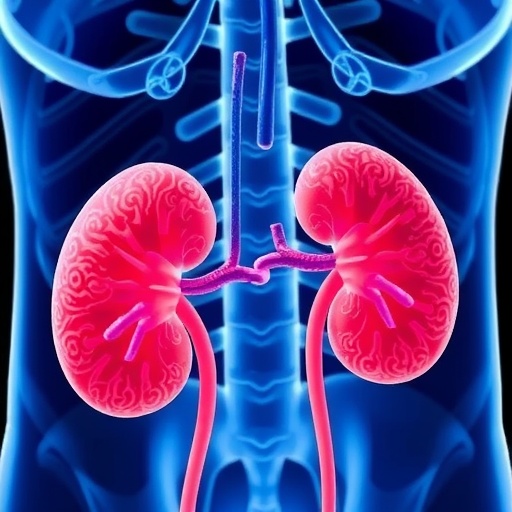Finnish researchers have compiled guidelines for international use for utilizing music to support the development of spoken language
Finnish researchers have compiled guidelines for international use for utilising music to support the development of spoken language. The guidelines are suitable for the parents of children with hearing impairments, early childhood education providers, teachers, speech therapists and other rehabilitators of children with hearing disabilities, as well as the hearing-impaired themselves.
When developing a music playschool designed for children using a cochlear implant, University Lecturer of Logopedics and speech therapist Ritva Torppa noticed that music, especially singing, benefits the brain of hearing-impaired children and their spoken language. The goal of the music playschool, speech-music group, is to improve the perception of speech and spoken language.
In an article published in the Hearing Research journal, Torppa and Professor of Education, brain researcher Minna Huotilainen assembled their own findings and those of other researchers which demonstrate that musical activities develop children’s perception of prosody, such as rhythm and pitch variation, and spoken language.
“These skills make children’s lives easier,” Torppa explains. “Listening to speech, for example, in noisy surroundings becomes less stressful, while communicating with others and absorbing information in school and everyday life also becomes easier.”
Employing music in education benefits all
Huotilainen emphasises the principle of equality. Employing music in early childhood education and basic education benefits all and safeguards the right to high-quality learning for children with language disorders, those learning Finnish as a second language and children with developmental disabilities.
“The use of musical methods in teaching intensifies learning and is in line with the results of the latest brain research,” Huotilainen notes.
According to her, music also gives every child and young person a voice of their own, a channel for self-expression and the chance to be heard. Huotilainen is hoping for musical skills to be better acknowledged in the training of early childhood educators and basic education teachers.
“It would be great if the musical skills already acquired before university studies could be acknowledged at the entrance examination stage,” she suggests.
Basic guidelines for using music are included in the article published in Hearing Research. The guidelines are suitable for everyone regardless of the type of hearing disability.
###
Reference: Why and how music can be used to rehabilitate and develop speech and language skills in hearing-impaired children. Journal title: Hearing Research. Corresponding author: Professor Minna Huotilainen
First author: Dr. Ritva Torppa
First published version available online: 25 June 2019
https:/
Further information:
Ritva Torppa, +358 50 448 4184, [email protected]
https:/
Minna Huotilainen, +358 40 560 8304, [email protected]
https:/
Media Contact
Ritva Torppa
[email protected]
https:/





